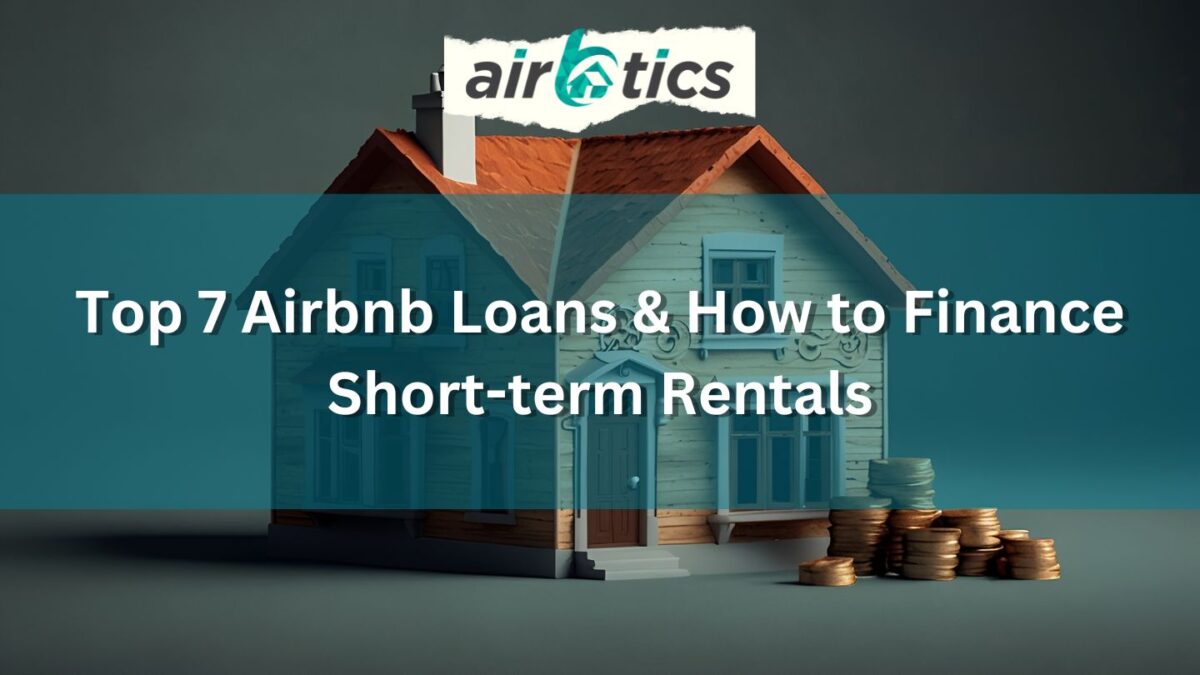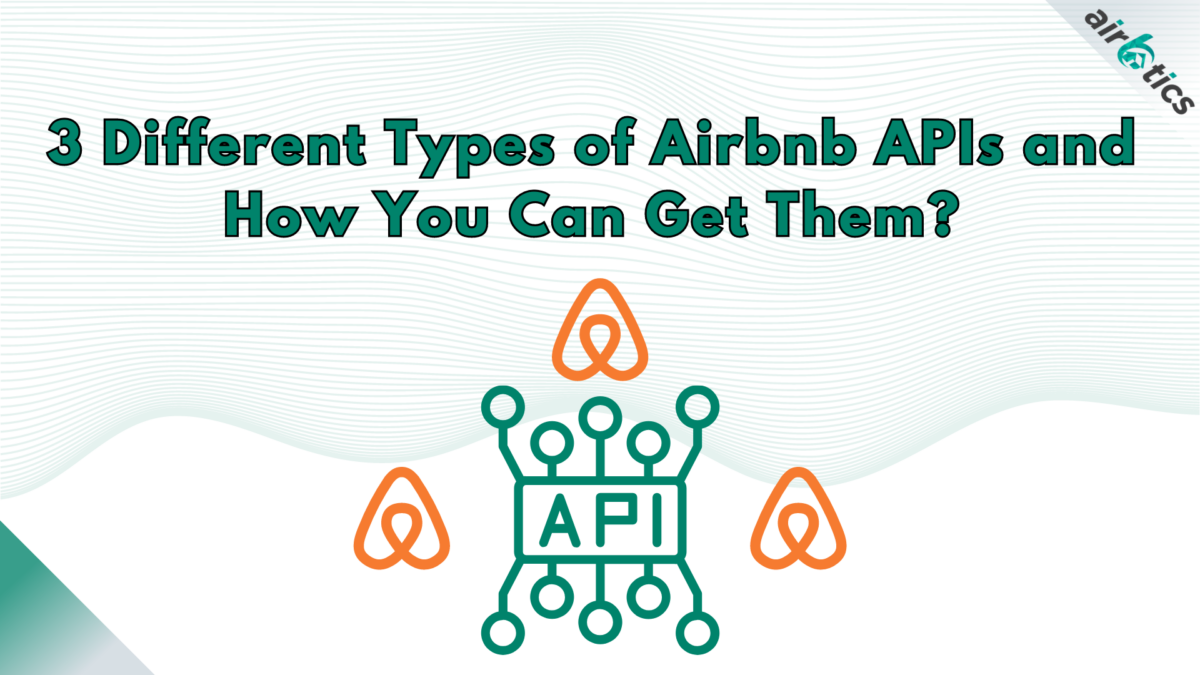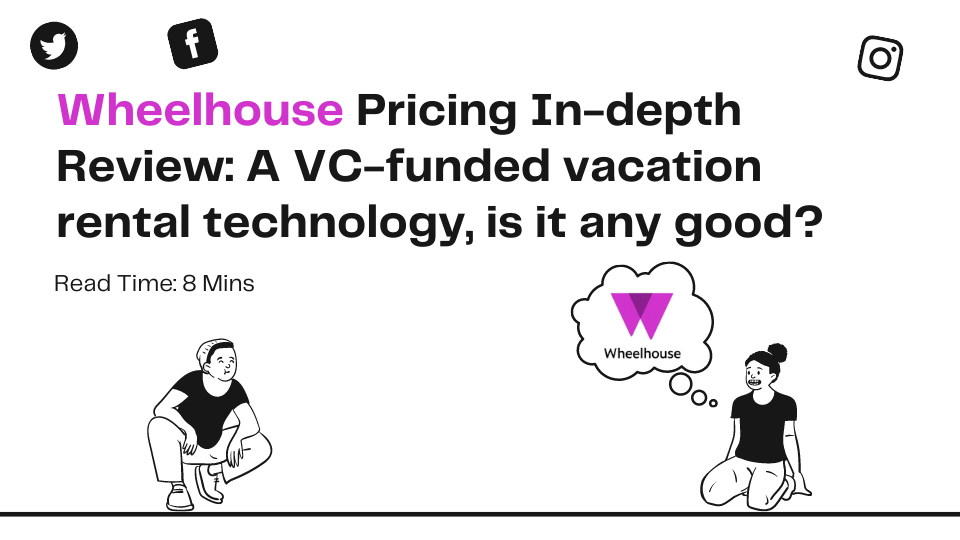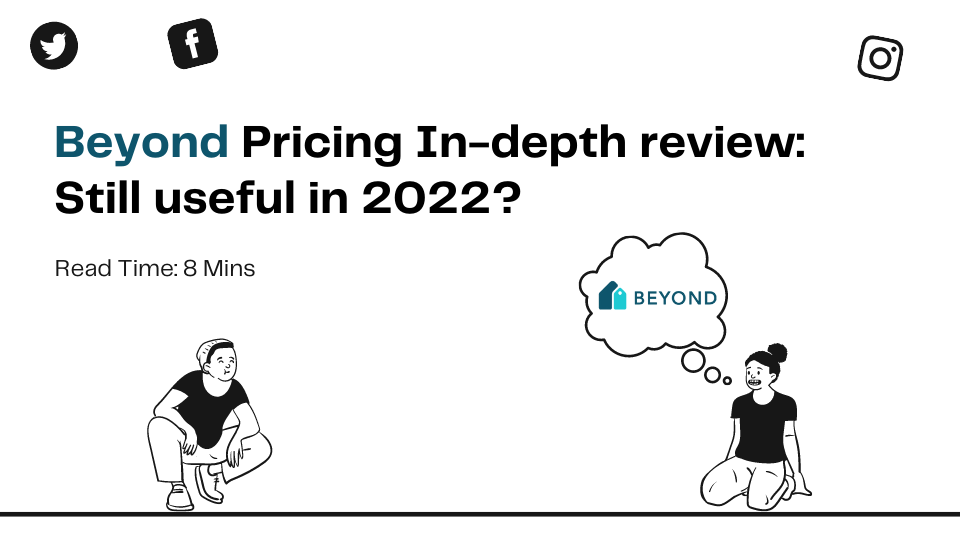What is a good cap rate for Airbnb? Definition and Tips last updated on May 31, 2024 Cap rate is useful when it comes to evaluating investment properties. Cap rate tells you how lucrative an investment property is. Cap rate = “net operating income” / “current property value” Notice that this doesn’t take total investment […]













